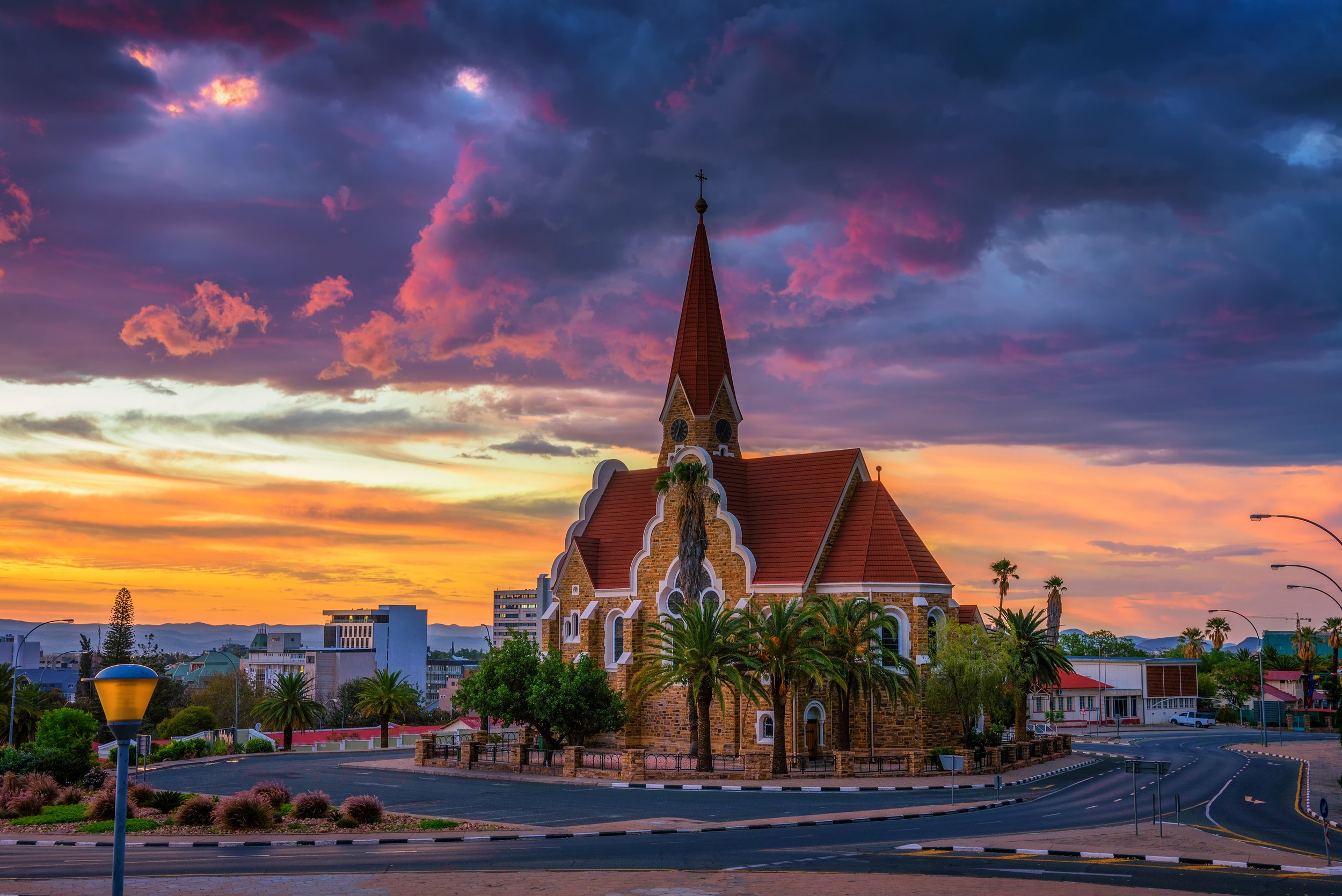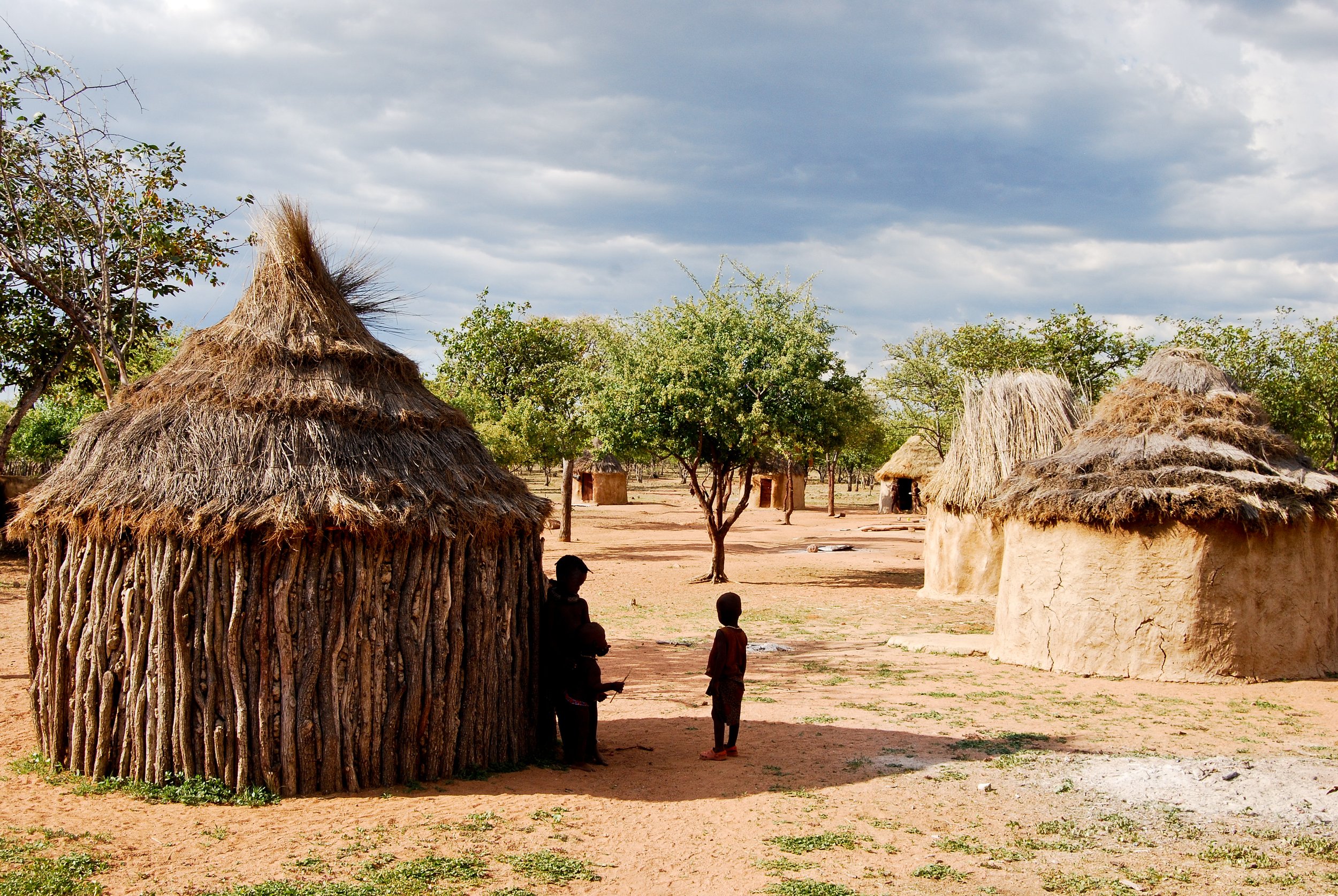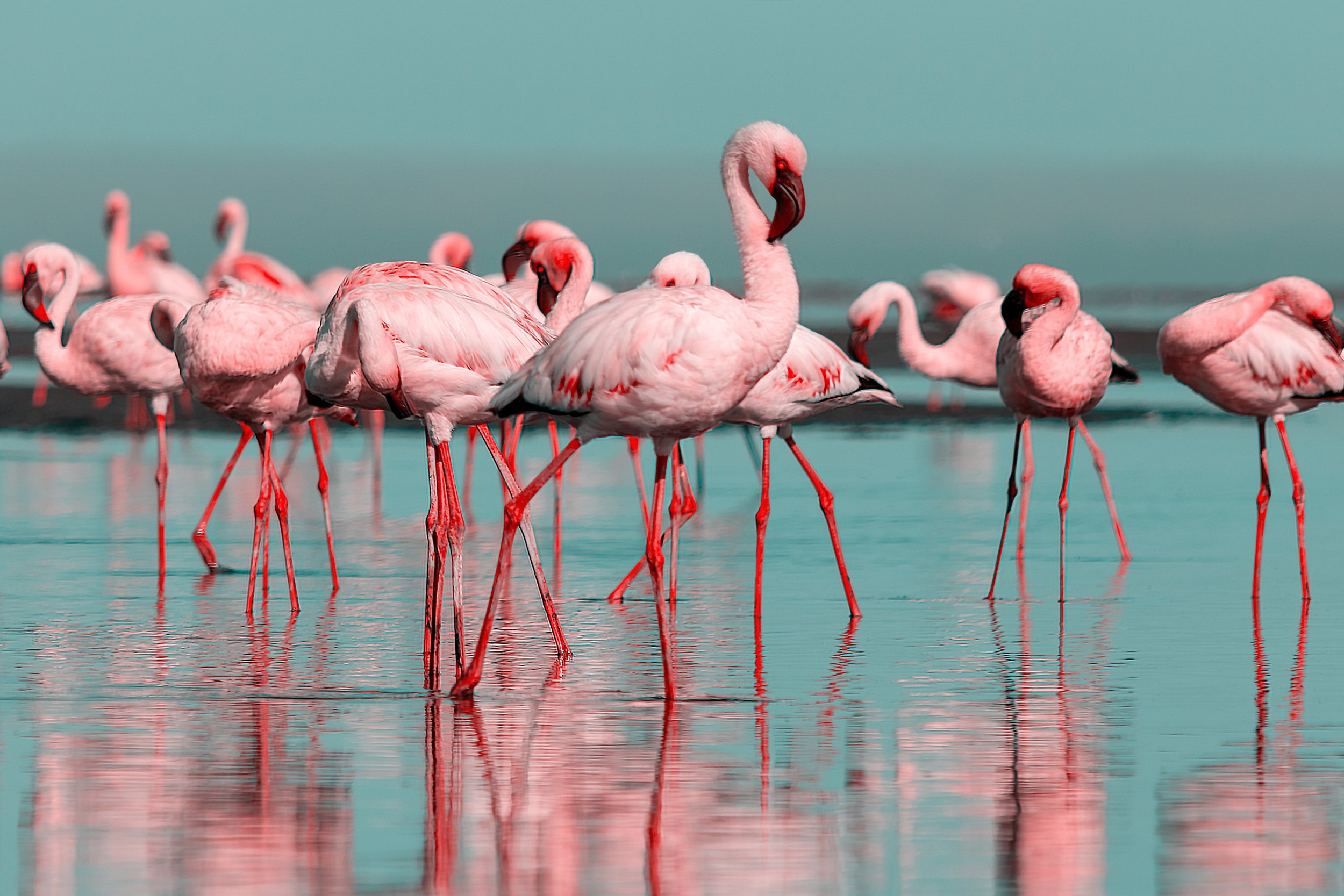Why is Namibia a Sustainable Destination?
Written by Nadine Kilala
“To know the present, we must look into the past and to know the future, we look into the past and the present.” – The Namibian Ministry of Environment and Tourism
Namibia has set its eyes on doing tourism right. With this goal in sight, sustainable tourism is championed as a key pillar in shaping a progressive and forward-looking Namibian future. Endowed with jaw-dropping landscapes and rich cultures, Namibia hosts a range of world-class and unique tourism experiences. To preserve the integrity of its diverse natural and cultural capital, Namibia is focused on positioning itself as a global leader in sustainable tourism.
So, you might ask yourself, how does one measure a sustainable tourism destination? Well, Viatu has got you covered because we critically apply the Global Sustainable Tourism Council (GSTC) criteria to benchmark destination’s on sustainability. The GSTC provides a comprehensive and multi-dimensional approach to measure sustainable tourism through assessing the overarching themes concerning: sustainable management; socio-economic impact; cultural impact; and environmental impact.
According to our application of the GSTC Criteria, Namibia has a total sustainable destination score of 95%. Here is a clear breakdown of the total scores of the respective 4 sustainability themes:
Sustainable Management: 98%
Socio-economic Sustainability: 97%
Cultural Sustainability: 100%
Environmental Sustainability: 89%
This blog takes a deep dive in understanding what Namibia has done right in securing its place as a sustainable tourism destination.
Sustainable Management
The Namibian government has created a national ethos that is committed to preserving and protecting its environment. In fact, Namibia is the first African country to incorporate the sustainable management of its natural resources and environment within its constitution. These sentiments have become core enabling agents that are shifting the Namibian tourism paradigm towards more sustainable ideals.
To propel the sustainable tourism agenda, Namibia has taken a strong initiative to allocate tourism portfolios to a range of tourism organisations such as, the Namibia Tourism Board, the Namibian Community Based Tourism Association, and the Ministry of Environment and Tourism.
These bodies are responsible for setting, managing, and evaluating the National Sustainable Tourism Growth and Investment Promotion Strategy – 2016 - 2026. This master plan comprehensively breaks down the strategic objectives and targets into achievable deliverables, that are orientated to manage sustainable tourism. This strategy is the golden blueprint that is set to empower and inform broader tourism stakeholders to collectively work towards a mutual goal.
Tourism is everyone’s business in Namibia hence, collaborative effort is required between the tourism bodies, the private sector, local communities, and the government. Namibia is actively building meaningful stakeholder engagements and partnerships within the public and private sector through holding annual tourism expos and promoting locally developed sustainability awards – such as the Eco Awards and the Sustainable Development Awards.
Namibia’s success in fostering strong public-private stakeholder partnerships has stimulated a joint social responsibility in creating authentic tourist products and experiences. Moreover, these partnerships have enabled Namibia to strengthen its efforts towards infrastructure development, increasing investment flows, and conservation. The sustainable tourism strategy provides a more conducive platform for the Namibian people to participate in shaping the outcomes of the tourism industry.
Socio-economic Sustainability
The National Board of Tourism has formed alliances trade organisations and governmental departments to expand the economic impact of tourism. The board has put emphasis on expanding opportunities SME participation to improve beneficial participation of local people and to add value to the cultural and natural resources within Namibia.
The Namibian government alongside USAID have set up the Small and Medium Enterprise Enhancement Program (SMECEP). The SMECEP is concentrated taking an intersectional approach on increasing accessibility and participation. This program is oriented to address participation barriers of previously disadvantaged persons, women, and young individuals in the tourism industry, within the context of building a strong culture of sustainable practices and the conscious use of natural capital. The increased involvement of the Namibian people is aimed at offsetting job creation, income generation, skill transfer, career mobility, and increased entrepreneurship capacity.
The Namibian Sustainable Tourism Growth strategy has also situated itself to address the effect of economic leakage within the country. This strategy aims to unlock economic opportunities through implementing measures to keep domestic tourism receipts. To curb economic leakages, Namibia is actively pushing to establish strong economic linkages that will boost domestic production and supply chains. To enhance domestic economic linkages, the Namibian tourism industry has established a strong foundation of engagement between trade associations and relevant government bodies to foster the domestic development of tourism. In effect, these domestic partnerships will stimulate increased economic linkages and networking that will induce a net benefit spill over effect within the labour market and the human development of the Namibian people.
These hardline economic benefits are translating into the advancement of human development. Due to sustainable tourism, more Namibians are gaining socio-economic mobility. This people-centred approach aims to offer more community-based tourist experiences in an effort to create more ownership of tourism products by Namibian people. This community based is a means for more local persons to closely engage with the tourism industry while stimulating inclusive community development.
Cultural Sustainability
The rich cultural heritage in Namibia offers an excellent platform for local and rural communities to sustainably enhance their livelihoods through direct ownership of their history and cultural practices. For instance, the Namibian government and the Millennium Development Achievement Fund have created a joint program that aims to incorporate the multiplicity of Namibian cultural heritage into its national developmental policies. This program aims to mainstream sustainable tourism practices and social development within the boundaries of numerous cultural norms. Namibia is definitely setting the bar for recognising, respecting, and preserving the integrity of its diverse cultural landscape in Namibia.
Environmental Sustainability
Namibia has made exceptional strides towards the conservation of its environment. Currently, Namibia protects an estimated 17% of its land in national parks and is home to 79 community conservations that amass to 20% of the total area in Namibia. The country has been awarded and highly-ranked with various sustainability and conservation recognitions. For example, the Environmental Sustainability Index (ESI) ranks Namibia as the highest ranked desert country in the world.
This country is a wildlife and ecological mecca that boasts lush floodplains to vast deserts. The Namibian tourism sector has prioritised conservation in an effort to manage their indigenous natural resources and wildlife. Successful conservation and regenerative initiatives in Namibia that have attributed to the restoration of wildlife populations of black rhinos, cheetahs, and lions. According to the World Wildlife Fund (WWF), Namibia has the largest free roaming black rhino population on the African continent and the largest cheetah population in the world.
Community-based tourism is at the heart of the Namibian environmental strategy. This approach gives ownership, conservation, and management rights to local communities. This has made environmental conservation and resource management a personal matter, as communities increasingly hold regenerative value on their natural heritage. The intimacy between the natural environment and the local community has been a defining factor that promotes Namibia as a sustainable tourism destination.
An excellent example of community-based conservation is the Community Based Natural Resource Management (CBNRM). This initiative aims to symbiotically link community development and conservation efforts. CBNRM allows communities to garner direct benefits through the sustainable use of natural resources, wildlife, and tourism activities. As a result, this resource management strategy has enabled the revitalisation of wildlife populations and ecological systems while increasing the land surface area of communal conservation to 17% of Namibia’s land surface area.
Tourism stats
Tourism density is only 2 tourists per square kilometre
Population density is only 3 locals per square kilometre
1.74 metric tons of carbon were emitted per person in 2018 (Qatar emits 37.3 per person)
23% of total terrestrial and marine area is protected
28% of electricity is produced from fossil fuels
Ranked 65 on Global Peace Index
The Ministry of Environment and Tourism in Namibia state that for every 13 tourists, 1 job is created
Namibia’s tourism sector is a spearheading force that is shaping and challenging the traditional boundaries of what tourism should look like. This country has a future-focused outlook on transforming tourism in to an agent of inclusive development and conservation. Namibian sustainability strategies have brought a new global appeal for regenerative tourism experiences, which is precisely what Viatu prides itself in championing (you can read our full stance here).
Want to explore more of this remarkable sustainable destination? Visit Viatu to book your trip!
















